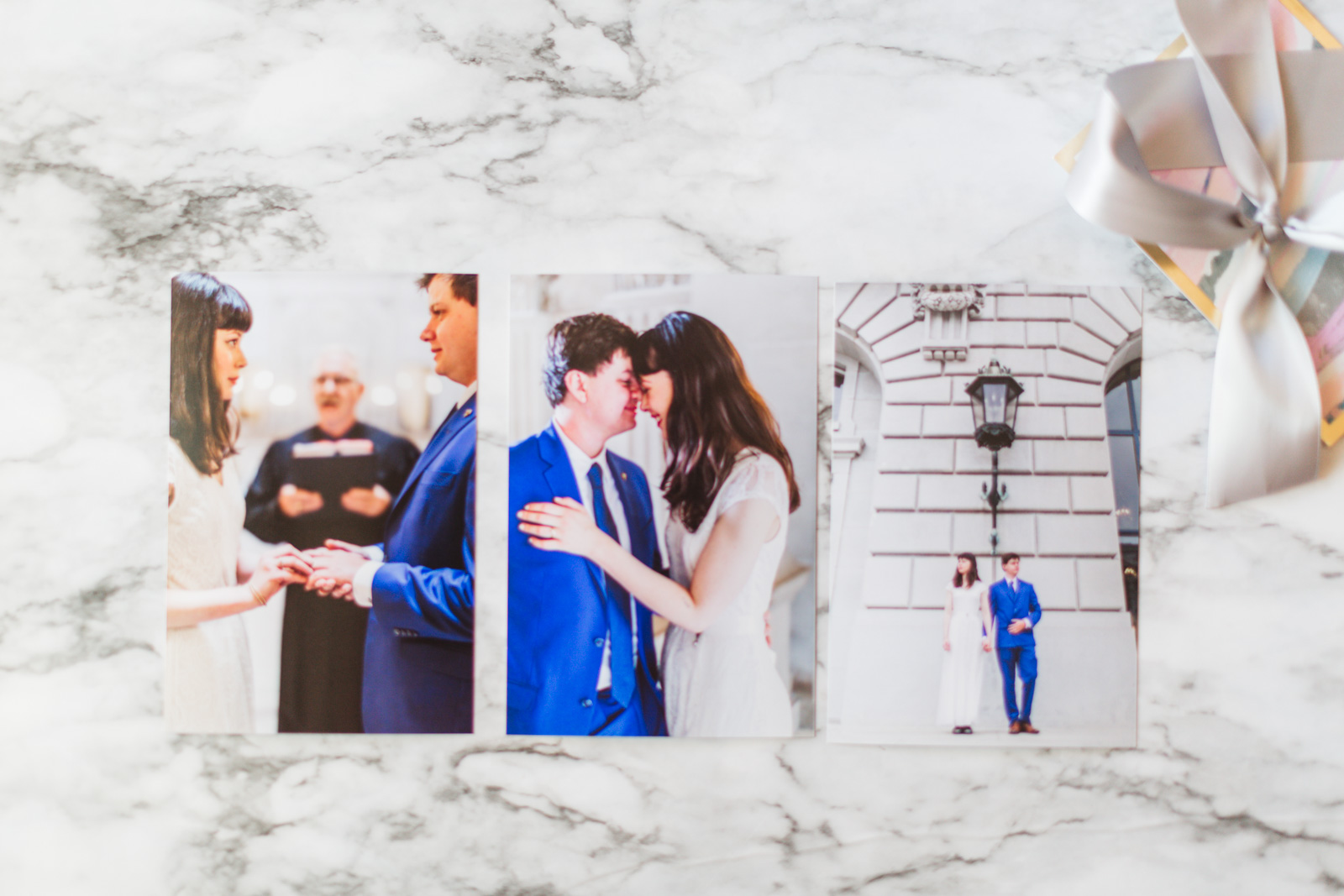This short intro to crop ratios for print is intended my wedding photography clients who are considering purchasing wall art or albums, whether through me or a third-party supplier.
Table of Contents
What is a Crop Ratio?
Crop ratio means the ratio of one side of the image vs. the other side. The photos I take and deliver are 2:3 ratio. That means that the only way that no part of the image will be cut off is if you print it in a format that has a 2:3 ratio also.
The most common print sizes in this aspect ratio are 4 X 6, 8 X 12, 10 X 15, 12 X 18 and 16 X 24.
Other popular crop ratios are 5:7, 11:14, 4:5 and 1:1.
Photos are cut off when the aspect ratio of the original is forced into a different ratio.
Real-world example: Your phone’s camera has aspect ratio 16:9 (very long and thin, like a phone screen). You take a picture and want to post it to your IG feed. You think that should fit, given that they are both vertical formats. However, Instagram’s aspect ratio required for portrait images is 4:5, which is only a little longer than a square.
 . . .
. . .  . . . . .
. . . . . 
L > R: The image you want to post, but no matter how hard you try, it won’t fit into the space allowed by Instagram. Something’s always getting cut off at either the top or bottom.
Why does it matter?
Crop ratios matter when you want to print a photograph at a different ratio than the original digital image. You have to imagine what that 2:3 image would look like if it were printed at, say a 4:5 or 5:7 ratio.
It will happen digitally, but imagine taking scissors and cutting off either the sides, or the top and bottom, from your photo.
With most print labs, you can adjust what part of the image will be cut off but it can be easy to miss if you’re ordering in a rush or are not tech-savvy.
Here’s another real world example. First, the original 2:3 crop ratio. Looks great!

But say this couple wanted an 8 X 10 print of this image. Then it wouldn’t look so good, as that would require a 4:5 crop. 5:7 also didn’t look good as though the effect is less pronounced, it still cuts off too much breathing room off the side of the image.

Although nothing is cropped, there’s an uneasy tension because their arms are super close to the edge of the frame. The original crop is much more pleasing in this instance.
Generally speaking, we advise printing in the original 2:3 ratio. This is so that the edges of the photo aren’t lost when changing the ratio (i.e. losing some content of the photo from either the top & bottom or the left & right). Or if in doubt, ask your photographer for their input if you are planning on wall art or larger prints. You usually don’t want to lose a part of the image, unless you feel the photo could benefit from that.
That said, we tend to allow extra room on the top, bottom and sides to allow you to print at different crop ratios if you so wish. We crop to centralize the subject(s) but not to randomly crop out the background.
Basically, when we’re shooting, we are giving more space than strictly needed above the heads, below the feet, and to the sides of the subject. However, sometimes they will just look best (and you will not cut off shoulders or feet) when printed in the original ratio, or such extra headroom/ sideroom isn’t possible when shooting.
An example of cropping improving the composition
For individual portraits, a 4:5 crop ratio can look even better as it eliminates an overabundance of headroom and may bring more attention to the subject. Compare these two, first the original as shot at 2:3; and secondly, cropped to 4:5. I think the second one looks better, even though it’s not in the original aspect ratio.
 .
. 
Be sure to use your ordering tool’s preview ability to get the crop you’d like. It will need to be manually adjusted for ANY size except the original aspect ratio.
Hope this helped clear up some common issues that come up with understanding crop ratios especially when purchasing prints, which come in so many different sizes! I welcome questions from my clients! Leave me a comment if you want to know more.


Related posts:

Be the first to comment